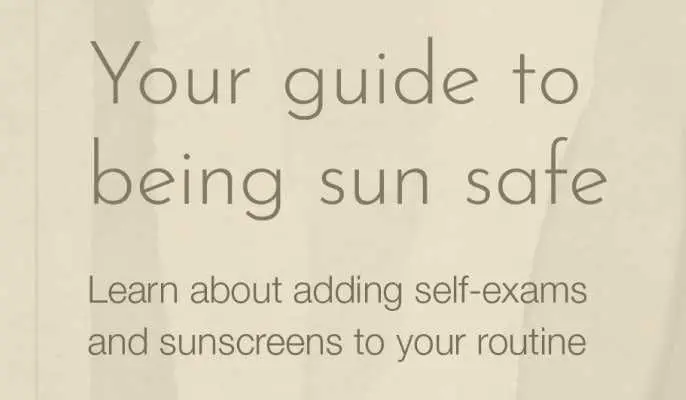Allergies, pigmentation and lifestyle can all factor into eyes. Learn about causes, effects and prevention.
What Causes Dark Circles Under The Eyes?
There are many possible factors leading to dark circles. They generally fall into two categories, inherited and lifestyle-related.
Inherited factors
Inherited factors can include pigmentation (dark discoloration of skin) and allergies. Some people may also have very thin skin under their eyes, so blood and blood vessels show more clearly. Another inherited factor may simply be having deeply set eyes, which leads to shadows that may appear to be dark circles.
Lifestyle Related Factors
Factors related to lifestyle include lack of sleep and the damage caused by sun exposure. Excessive alcohol consumption can also lead to the appearance of dark circles.1
How to Prevent Dark Circles?
Getting more sleep
Cold compress
Elevating the head with extra pillows while sleeping
Sun protection
Cutting down on alcohol
Using eye cream that contains caffeine. One option is Hydro Boost+ Caffeine Eye Gel Cream.
What Causes Puffy Eyes?
Puffy eyes are a condition where the eyes begin swelling due to different factors, including fluid retention, stress, allergies, hormone changes, too much sodium in the diet, and more. The skin around your eyes is very thin and full of blood vessels, making this area very sensitive.
Does Diet Affect Puffy Eyes?
Studies show that diets high in salt (sodium chloride) contribute to fluid retention, which can cause under-eye puffiness.2 Even if you don't regularly add salt to your food, by consuming a high quantity of processed foods, your diet may still be too high in sodium especially if you snack on potato chips, eat frozen dinners, or use prepared lunchmeats in your sandwiches.
While your body needs sodium to maintain fluid balance, send out nerve impulses, and keep your muscles functioning smoothly, the Canadian Sodium Working Group agreed to set a goal of reducing sodium in the Canadian diet to 2,300 mg per day recommends limiting sodium to less than 2,300 mg a day.2 Alarmingly, the average Canadian consumes about 3,400 mg of sodium a day -- much more than recommended amount.2
What can you do to reduce your sodium intake and the edema (swelling) it causes?
Choose fresh foods, such as fruits and vegetables, over processed foods like lunchmeats, hot dogs, sausage, and bacon.
Be selective in your purchases of processed foods. Canned soup, for example, is very high in sodium. Look for healthier alternatives, such as "reduced-sodium" soups and "low-sodium" prepared entrees.
When cooking, skip the salt in recipes, except those for baked goods. (Eliminating the salt in baking recipes could compromise quality and taste.)
Conserve on condiments. Mustard, ketchup, relish, certain dips, and bottled salad dressings are all high in sodium.
Spice your food with fresh herbs and dried spices.
Be careful when using a salt substitute. The lighter flavor may tempt you to use more than is healthy.
While mild puffiness under your eyes is common and shouldn't be cause for concern, reducing your sodium intake overall can also help reduce water retention for a more even-looking appearance. You can brighten, depuff, and firm the look of the eye area with Neutrogena Rapid Firming Peptide Multi Action Eye Cream.




